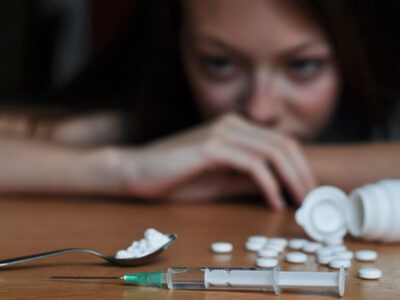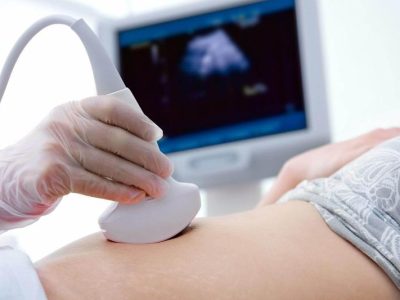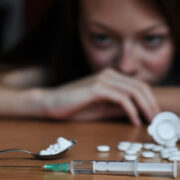
A concussion is a traumatic brain injury that can have serious consequences. Preventing concussions in rugby requires a diligent approach on the part of players, coaches and officials alike.
To minimise the risk of concussion in rugby, all those involved should understand the symptoms, prepare and train players, and ensure that field conditions are appropriate.
Know the Symptoms
The most common signs of a concussion are dizziness, headache, memory disturbance or a balance issue. The following are clear indicators of a concussion:
- Suspected or confirmed loss of consciousness
- Seizure
- A sense of confusion
- Unsteadiness on one’s feet, falling over, lack of balance or poor coordination
- Disorientation, such as not knowing who or where they are or the day
- Behavioural issues, such as becoming more irritable or emotional
- A blank, dazed or vacant look
Other indicators include lying motionless, being slow to get up, and clutching or grabbing at the head.
The Role of Player Preparation
Preventing a concussion in rugby starts with how players train and prepare. Players at all levels need to be prepared for the prevalence of contact while playing rugby. They need to be physically and mentally ready to participate in contact sessions. Practice needs to prepare players for the movements and actions resulting in contact and incrementally build up the intensity. Training and match day prep needs to emphasise the importance of injury prevention.
One essential part of the training needs to be the importance of proper tackle technique. In many cases, tackle technique is not regularly practised. However, working on this technique, especially footwork and reactions, is an important way to simulate game conditions and gradually build up the skills necessary to tackle safely.
Levelling the Playing Field
One way to reduce the risk of concussions in rugby is to ensure that the playing and training areas are set up correctly with the following in place:
- Correct protection padding in place on all barriers and posts that are on or close to the pitch
- Equipment that is appropriate for its purpose and regularly checked
- Suitable run-off spaces established near the touchlines
- Appropriate ground conditions. Ground that is frozen or very hard may not be safe to play or train on
- First aid and immediate care provisions available for all practices and games
Responding to a Suspected Concussion
It is important for everyone on the pitch – coaches, trainers, officials and players – to be aware of the symptoms and signs of a concussion. If a concussion is suspected, assess a player’s condition by asking the following:
Orientation
- What city is this?
- Who is our opponent?
- What month is it?
- Where are we playing?
Memory
- Do you recall being hit?
- What happened in the last half?
- What was the score of the game when you were hit?
- What do you remember just prior to being hit?
Concentration
- Repeat these numbers backwards: 419 and 63
- Repeat the days of the week backwards starting from today
When in doubt, take the player out.
Ideally, a player will be evaluated by on-site medical staff. If not, they should be transported to hospital immediately.
Returning to Play
Following a concussion diagnosis, an adult player should physically rest for a minimum of a week. The first 24 hours should include complete physical rest and cognitive rest (meaning a player does not engage in complex thinking activities).
After a week, a player should be cleared by a medical professional and must be symptom-free, and any pre-injury symptoms must return to a pre-concussion level.
Once a player is cleared, they should follow a graduated return-to-play programme.
By following safe procedures at every stage, your league, club and team can ensure that concussions in rugby are minimised and treated swiftly and properly when they do occur.











